| İNCELE |
ÖNERİLEN
İNCELE
|
İNCELE | |
|---|---|---|---|
| Technical Features | |||
|
Maximum Number of Roots
|
1 mm² 65 Roots | 1 mm² 75 Roots | |
|
Final Result
|
6 Months - 1 Year | 6 Months-1 Year | After 3-4 Sessions |
|
Laser Drawing
|
|||
|
Processing Time
|
6-8 hours | 4-5 hours | 5 Minutes |
|
Return to Social Life
|
The Same Day | The Same Day | The Same Day |
|
Does it offer a permanent solution?
|
|||
|
Hospitalization
|
|||

 Hair Transplant For Women
Hair Transplant For Women
 Hair Transplant For Men
Hair Transplant For Men


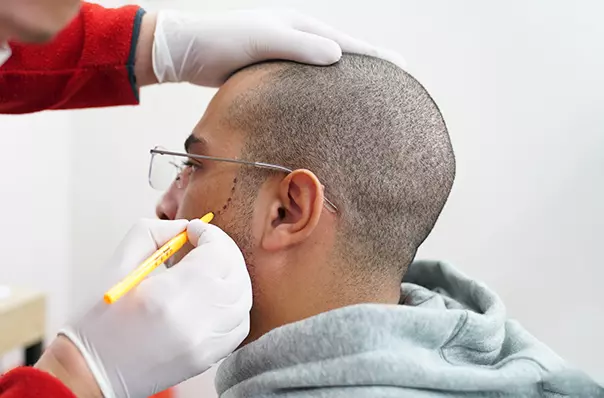
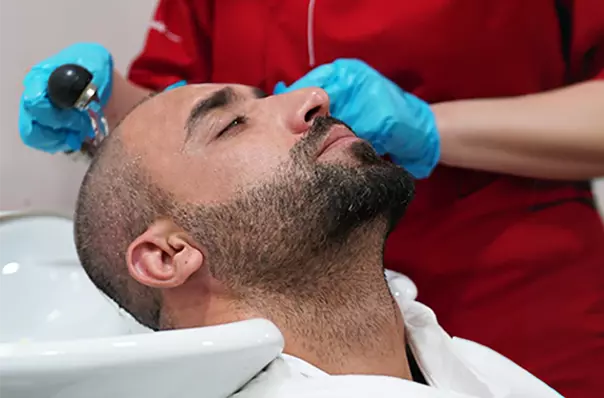
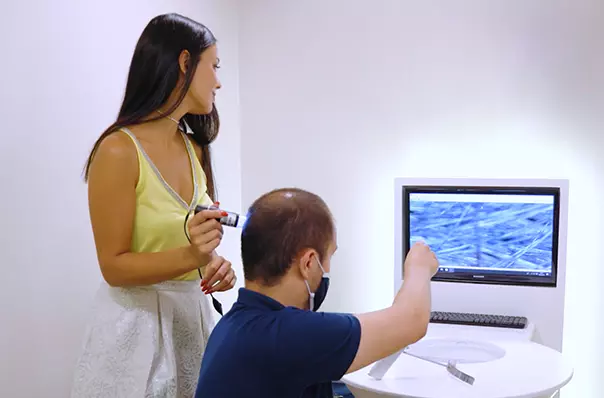 Before the Surgery
Before the Surgery
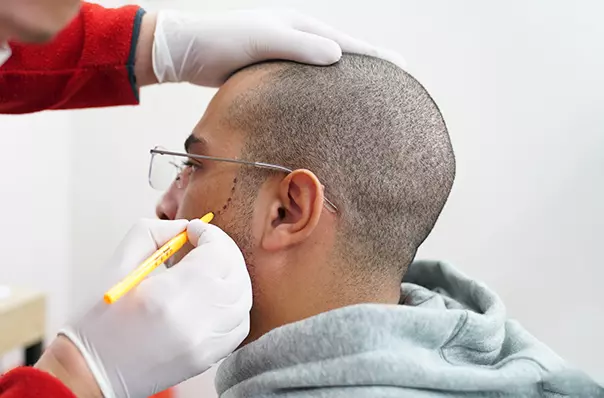 During the Surgery
During the Surgery
 After the Surgery
After the Surgery



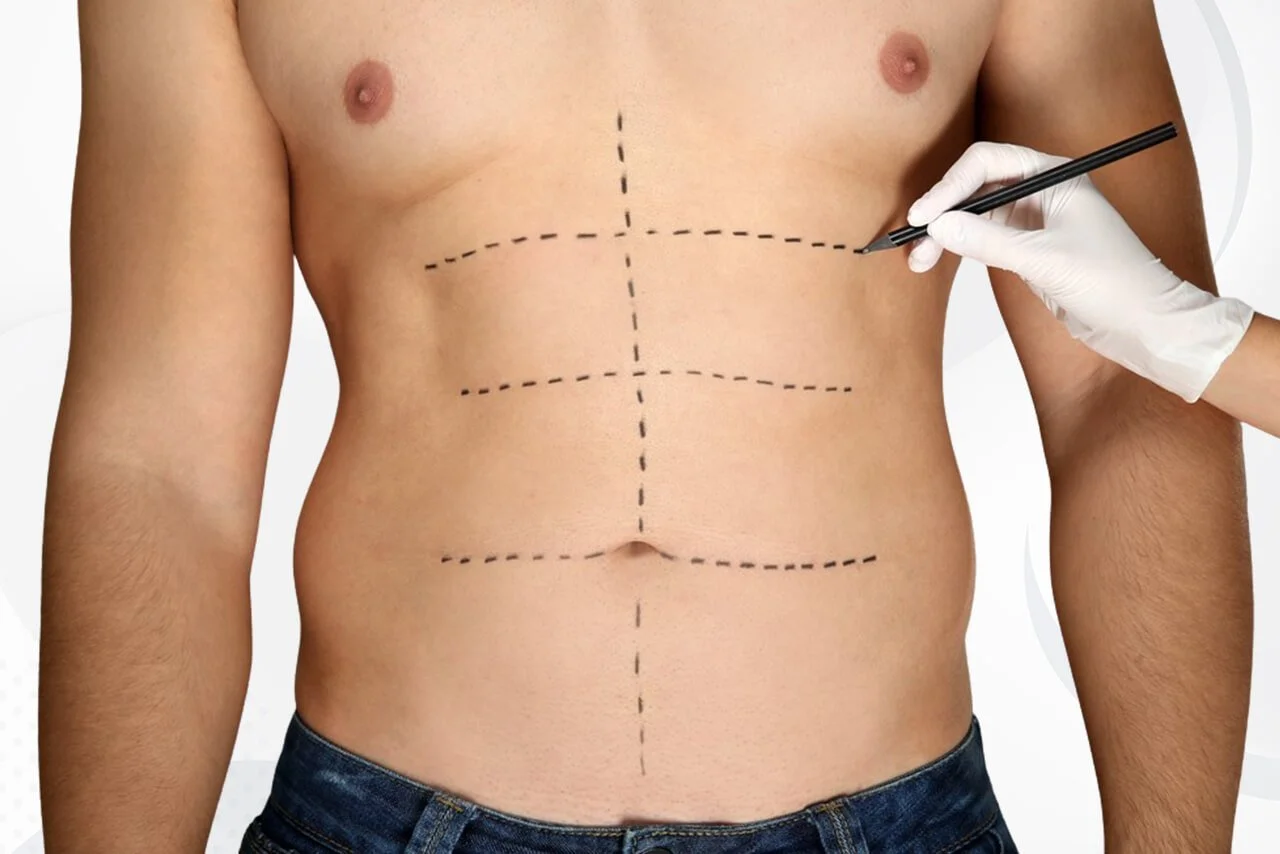 Liposuction
Liposuction
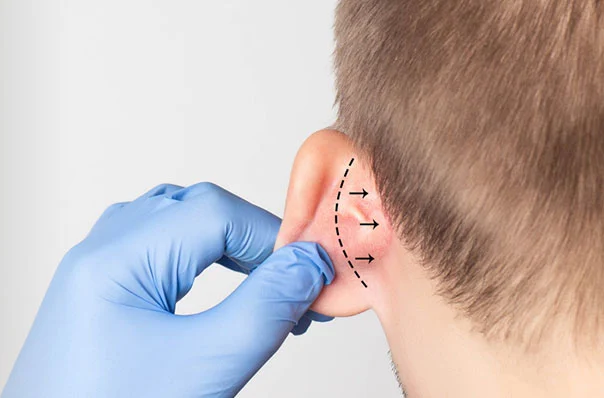 Prominent Ear Surgery
Prominent Ear Surgery
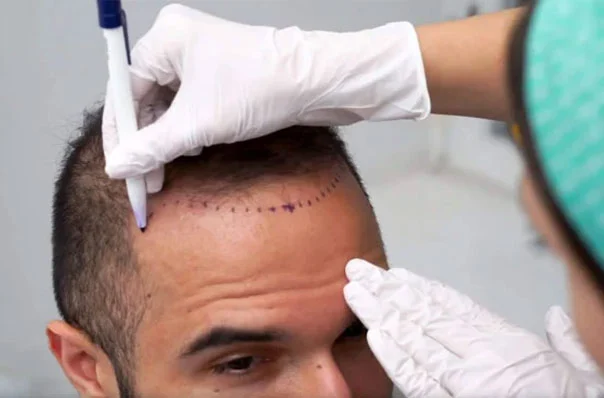 Dhi-Choi Hair Transplant
Dhi-Choi Hair Transplant
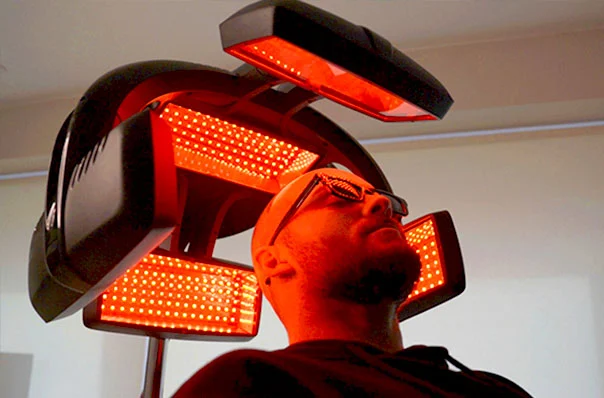 Hair Laser
Hair Laser
